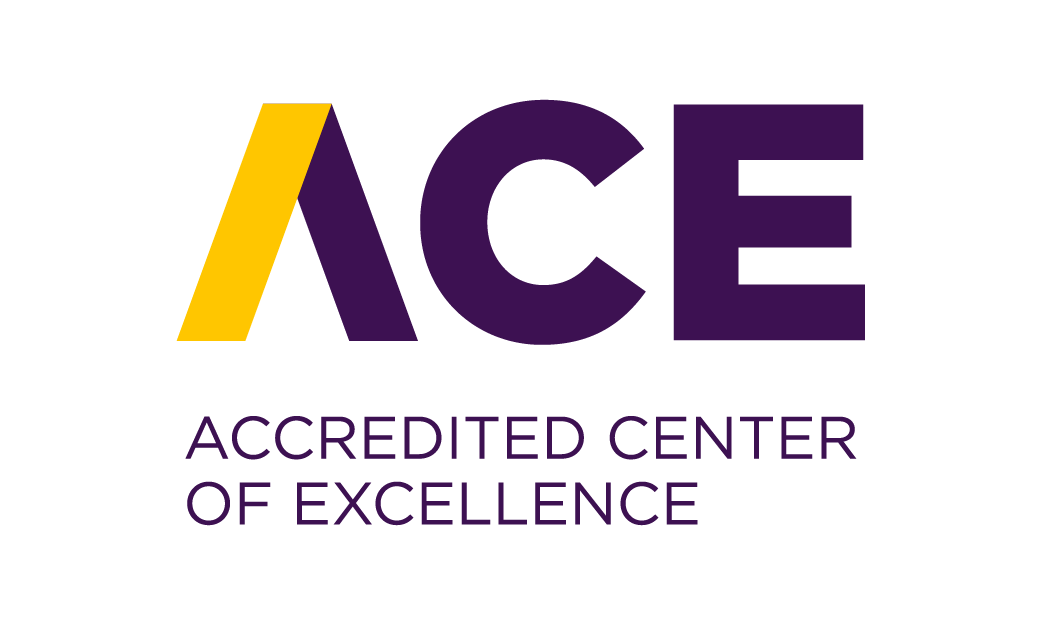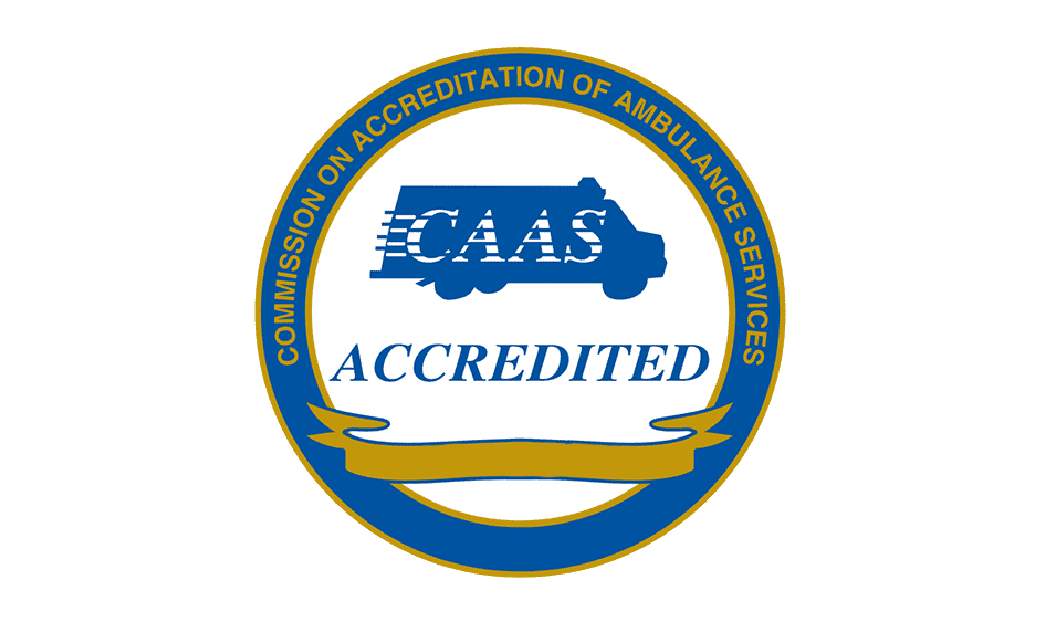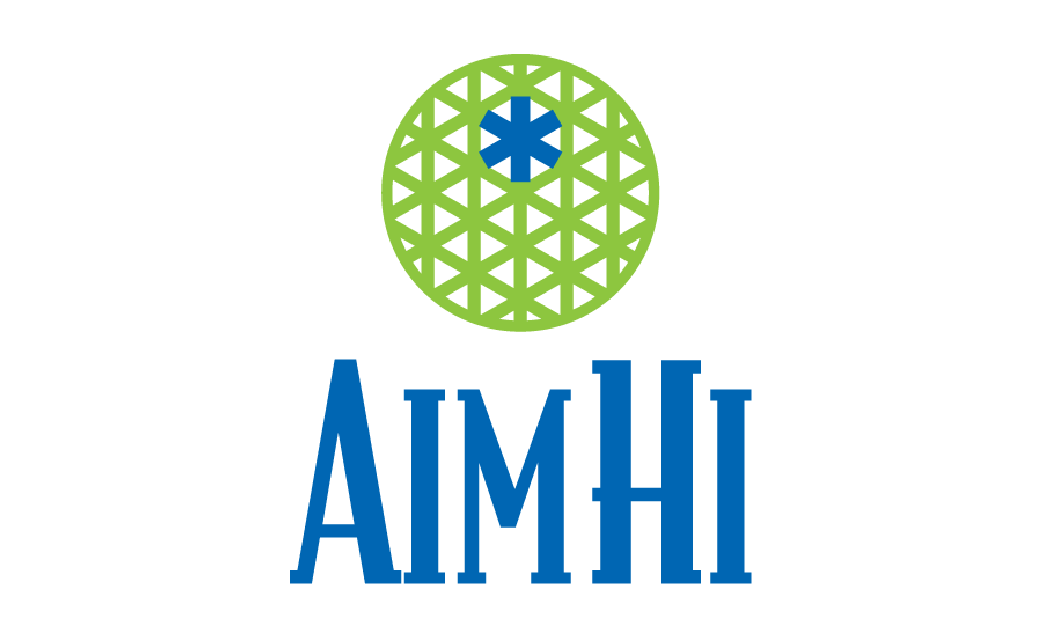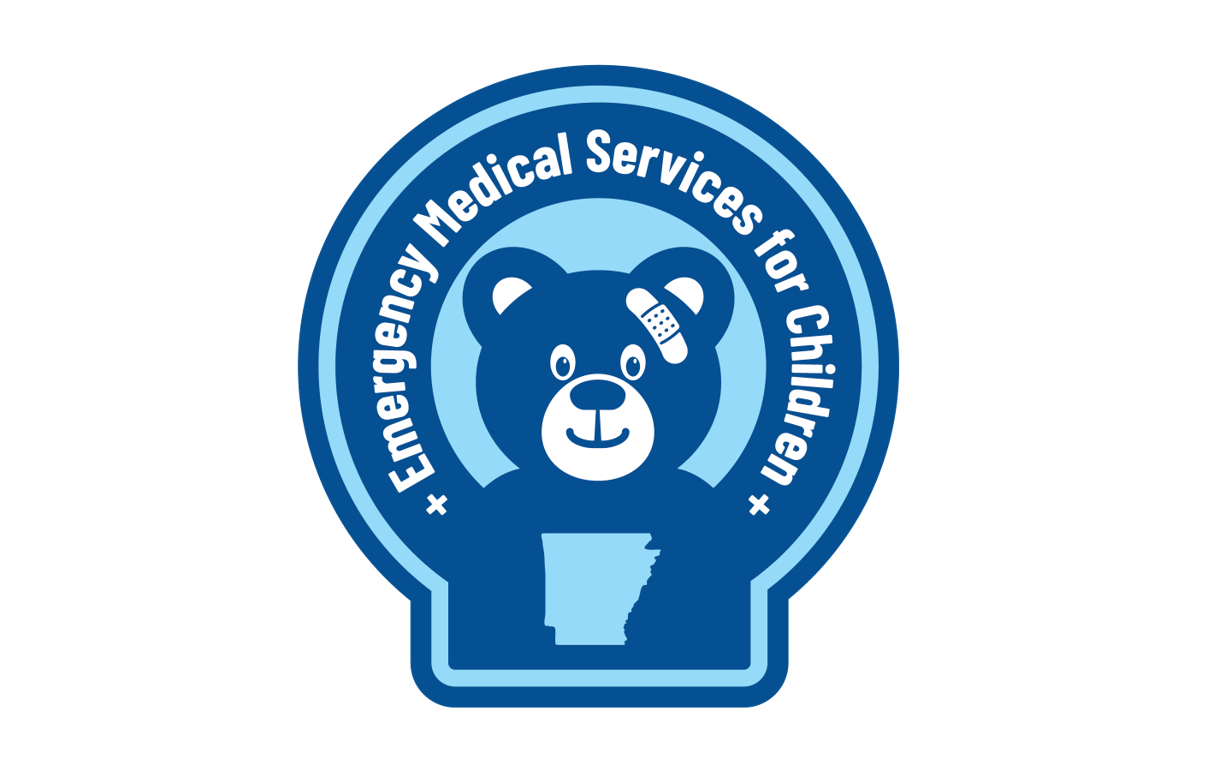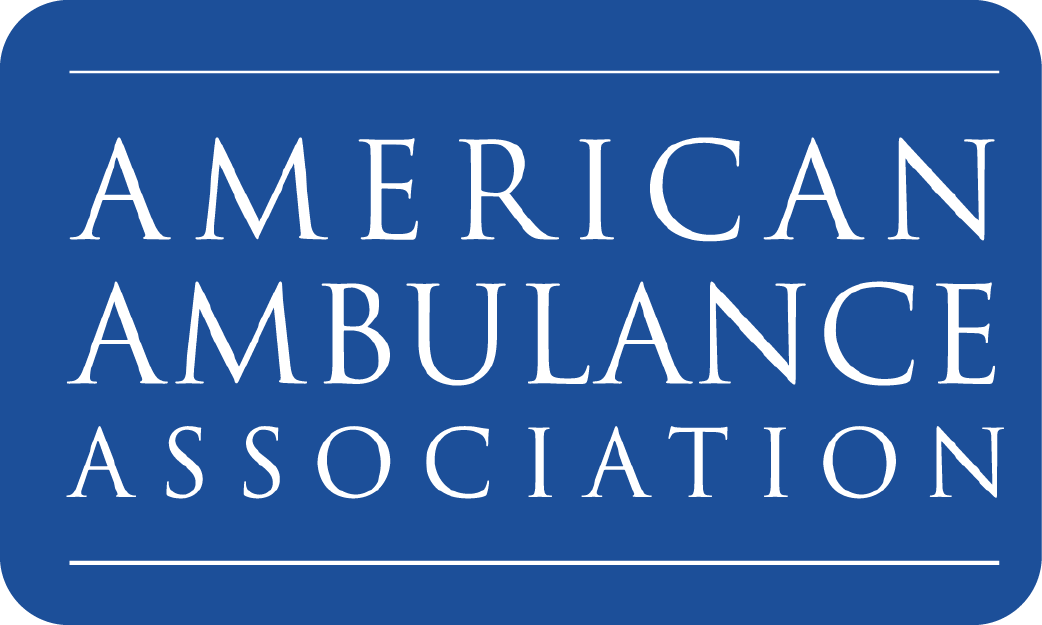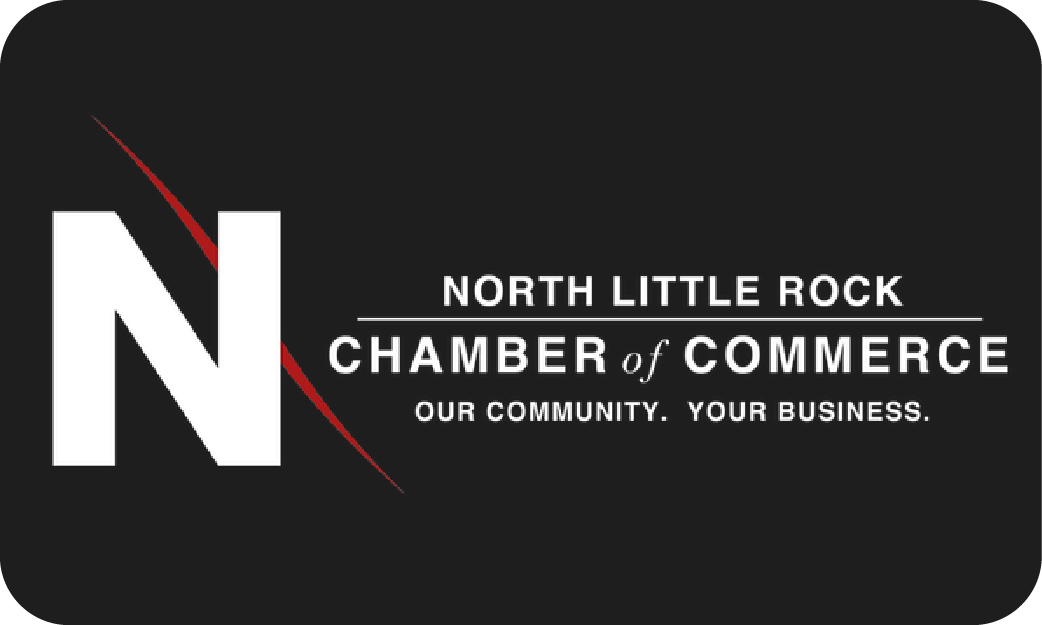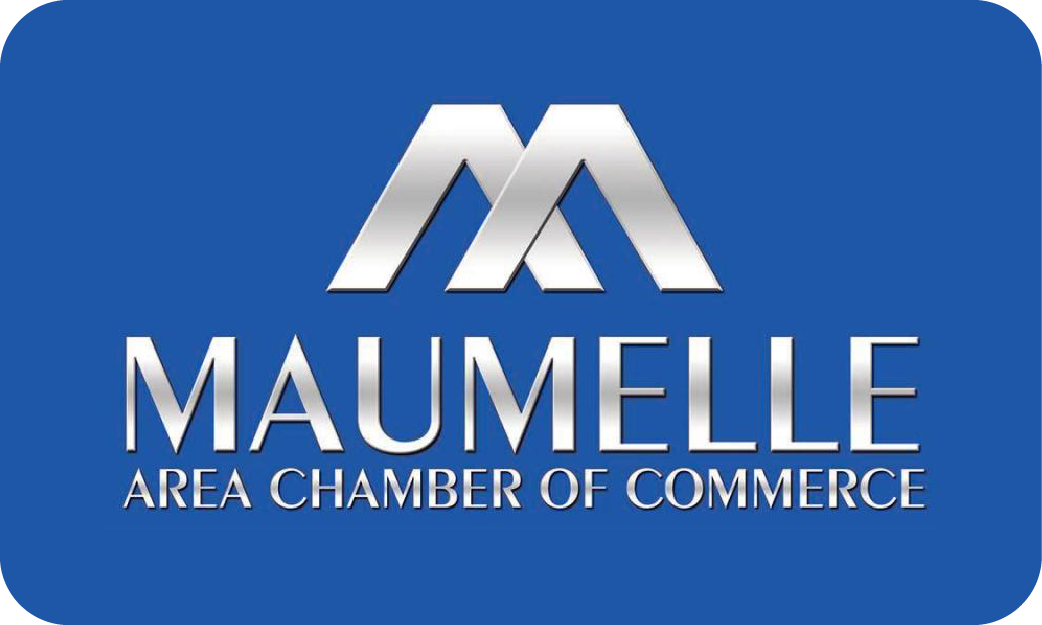History of MEMS
In the early 1980s, a person had a greater statistical likelihood of survival after being wounded in Vietnam than injured on the United States city streets. Just think about that statistic and what it meant to people of that time. It is inconceivable that our injured loved one’s chance of survival was so inexcusably low simply because emergency medical services were not a priority. Unbelievably no one took the time to question why or ask what could be done to change it. It was just accepted as the way things were.
Unfortunately, the comfort we can feel today in central Arkansas with the knowledge that we are blessed with one of the finest ambulance services and trauma networks anywhere was not always merited. Prior to the early 1980s, before the birth of MEMS, two privately owned ambulance services covered the metropolitan Little Rock area. Somewhere along the line, the competition between those companies rose to a destructive level. At one point, two medics and a dispatcher were fired for calling for a helicopter for a critical patient. The owner considered the call as taking revenue from the ground ambulance service. Things continued to spiral downward until, on Memorial Day weekend of 1984, the EMTs and Paramedics went to the city and said they would work for free before we continued to work in these conditions.
MEMS was born as a public utility focused on the mission, not profit. The mission focus is to provide the most up-to-date, best-practice, outcome-driven medical care to the citizens we serve. Additionally, to give the very best training and support to the emergency providers delivering that care.
Because of our public model and focus, MEMS has been the first to offer many of the teams, services and training that are now consider the norm in our industry. Examples include EMD (Emergency Medical Dispatching); here, the caller is given pre-arrival instructions on caring for the patient until first responders arrive. Tactical medics work as part of local, federal, and state police agencies. Our in-house EMT and Paramedic school is where students get paid to train and earn college credit. Swift Water rescue team, Medical Hazmat Team, disaster communications team, peer support, mental health training, employing the latest protocols in cardiac arrest, and so much more.
Unfortunately, the comfort we can feel today in central Arkansas with the knowledge that we are blessed with one of the finest ambulance services and trauma networks anywhere was not always merited. Prior to the early 1980s, before the birth of MEMS, two privately owned ambulance services covered the metropolitan Little Rock area. Somewhere along the line, the competition between those companies rose to a destructive level. At one point, two medics and a dispatcher were fired for calling for a helicopter for a critical patient. The owner considered the call as taking revenue from the ground ambulance service. Things continued to spiral downward until, on Memorial Day weekend of 1984, the EMTs and Paramedics went to the city and said they would work for free before we continued to work in these conditions.
MEMS was born as a public utility focused on the mission, not profit. The mission focus is to provide the most up-to-date, best-practice, outcome-driven medical care to the citizens we serve. Additionally, to give the very best training and support to the emergency providers delivering that care.
Because of our public model and focus, MEMS has been the first to offer many of the teams, services and training that are now consider the norm in our industry. Examples include EMD (Emergency Medical Dispatching); here, the caller is given pre-arrival instructions on caring for the patient until first responders arrive. Tactical medics work as part of local, federal, and state police agencies. Our in-house EMT and Paramedic school is where students get paid to train and earn college credit. Swift Water rescue team, Medical Hazmat Team, disaster communications team, peer support, mental health training, employing the latest protocols in cardiac arrest, and so much more.
BILLING QUESTIONS
MEMS is committed to providing quick and accurate responses to your inquiries about your billing statement or any other questions that you might have regarding your bill. Please contact our billing office, Monday to Friday, from 8am to 5pm at 501.301.1403.WHAT IS HIPAA?
HIPAA (Health Insurance Portability and Accountability Act of 1996) is United States legislation that provides data privacy and security provisions for safeguarding medical information.LEARN MORE

